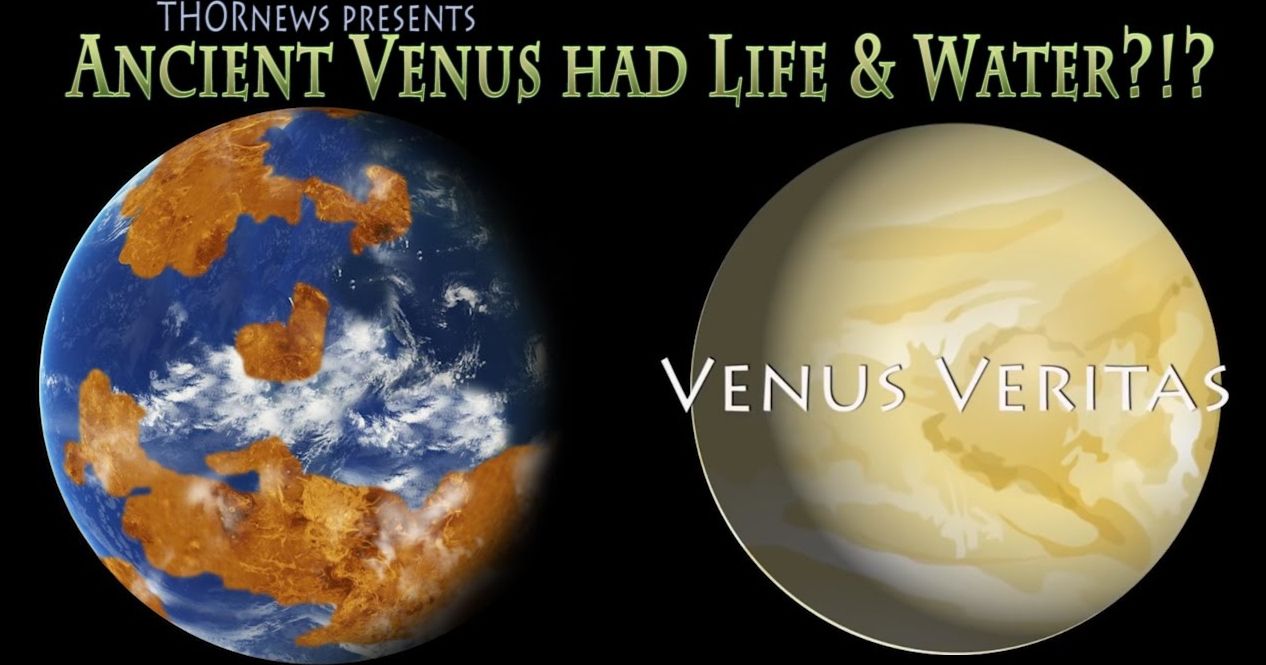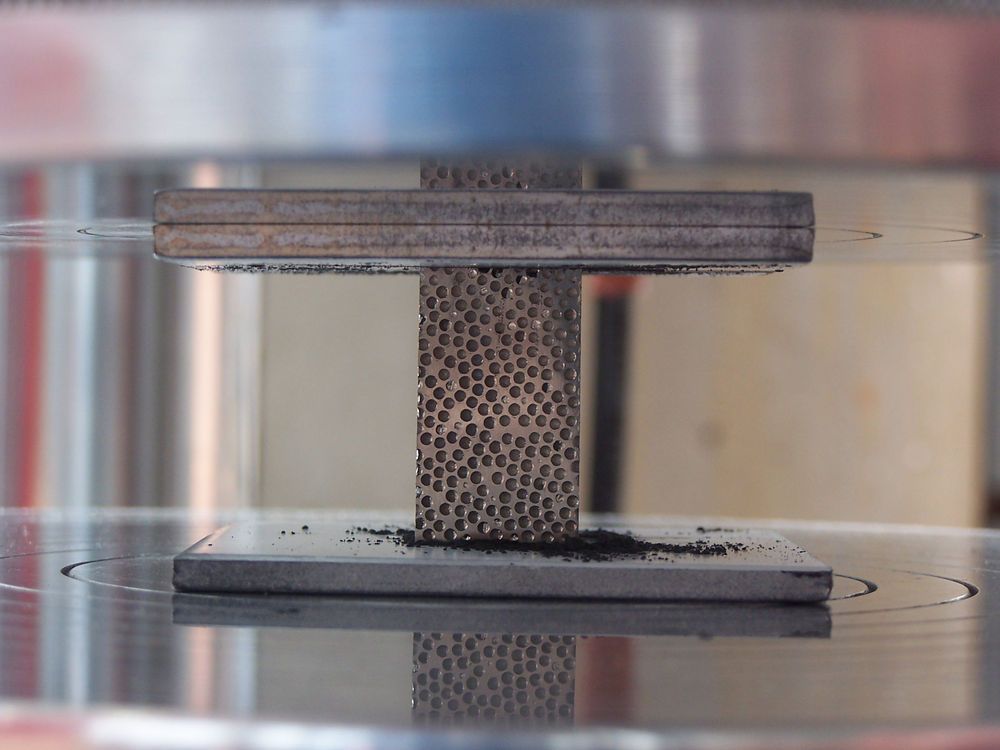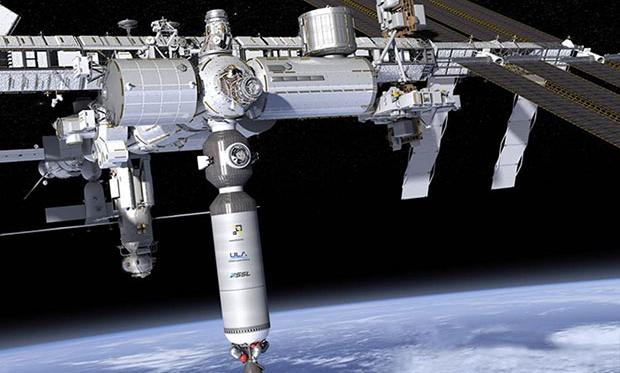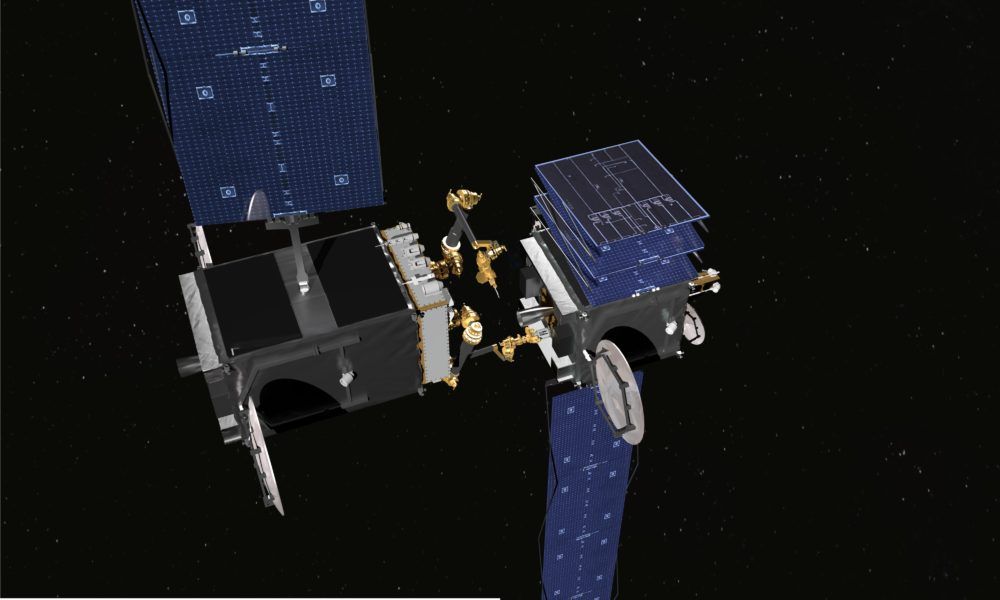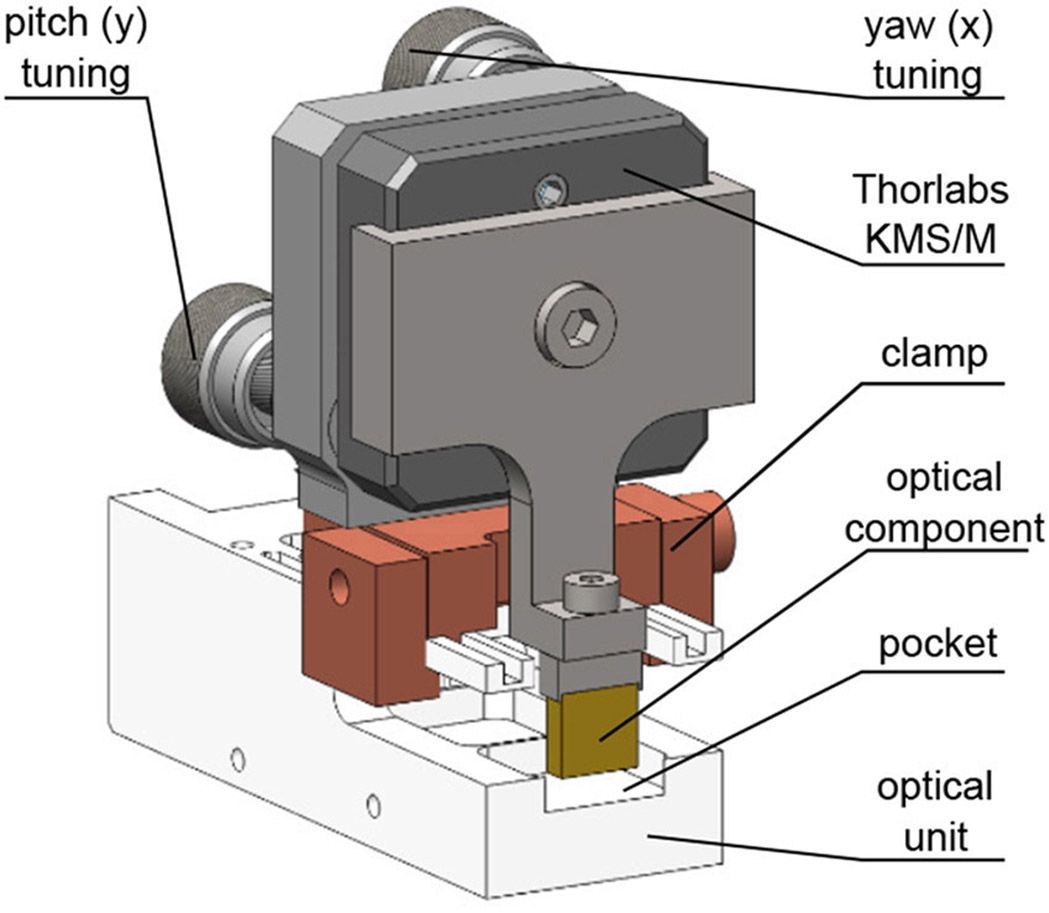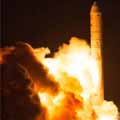Aug 22, 2016
China’s Race to Space Domination: To Try to Gain an Edge Here on Earth, China is Pushing Ahead in Space
Posted by Karen Hurst in categories: energy, engineering, quantum physics, robotics/AI, space
More on China’s race on Space. Last Tuesday, China launched the 1st Quantum Satellite. In 2017, China is planning to be the dominant force in mining of Space. First stop — mining the dark side of the moon. Given China’s own history with environmental pollution plus mining’s damaging effects to the environment when not properly managed; etc. one must ponder how will space and Earth itself be impacted by such mining.
Before this decade is out, humanity will go where it’s never gone before: the far side of the moon. This dark side — forever facing away from us — has long been a mystery. No human-made object has ever touched its surface. The mission will be a marvel of engineering. It will involve a rocket that weighs hundreds of tons (traveling almost 250,000 miles), a robot lander, and an unmanned lunar rover that will use sensors, cameras, and an infrared spectrometer to uncover billion-year-old secrets from the soil. The mission also might scout the moon’s supply of helium-3 — a promising material for fusion energy. And the nation planting its starry flag on this historic trip will be the People’s Republic of China.


